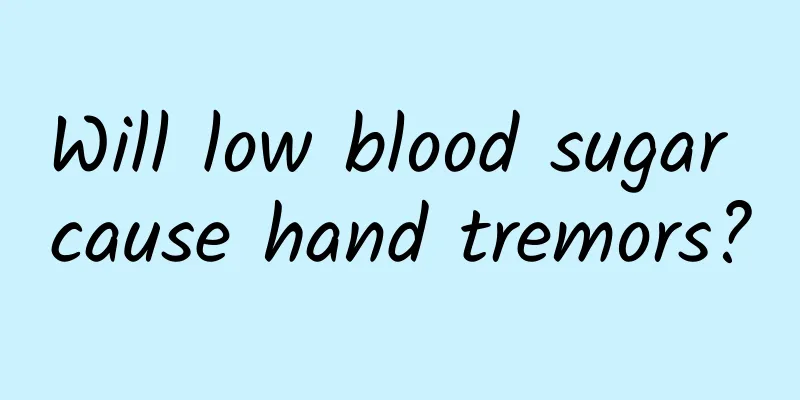Misunderstandings in the treatment of tinea manuum and tinea pedis

|
Tinea manuum or tinea pedis are both skin diseases caused by fungal infection. Tinea pedis is also called athlete's foot or Hong Kong foot. It is quite harmful to human health and often leads to recurrent symptoms. During repeated treatment, it will not only affect the health of the body, but also easily cause drug resistance problems. Therefore, during the treatment process, we must pay attention to some misunderstandings in treatment. Misconception 1: Stopping medication prematurely For example, azole topical antifungal drugs need to be applied twice a day, each application takes more than ten minutes, and the treatment lasts for 4 to 6 weeks. However, investigations have shown that most patients cannot persist for more than 2 weeks when using topical medications, so of course it is impossible to be completely cured. Misconception 2: Missing blind spots When applying medication, patients tend to only apply it on lesions with obvious symptoms, while some potentially asymptomatic lesions will be missed. When conditions are ripe, these lesions will relapse. There are also certain types of tinea pedis, such as hyperkeratosis, in which topical medications are difficult to penetrate and effective antibacterial concentrations cannot be reached at the treatment site, so the therapeutic effect will not be ideal. Misconception 3: Misuse of topical medications . For example, some patients with interdigital erosion type athlete's foot directly use topical medications, which are highly irritating to the local area and can easily cause bacterial infection. There are also a small number of patients who suffer from other diseases such as diabetes and tumors, which lead to decreased immunity and susceptibility to infection, and are not suitable for topical medications. Misconception 4: Once symptoms are relieved, stop taking medication. The fungus that causes athlete's foot is quite stubborn, so antifungal treatment must be reasonable and sufficient. The treatment time requirements for different types of athlete's foot will be different, but there is one principle that is the same, that is, after the symptoms are completely relieved, you should continue to apply the medicine for another week to prevent the recurrence of athlete's foot. Misconception 5: Only focusing on relieving itching without finding the root cause. When athlete's foot strikes, patients often suffer from unbearable itching and wish to change their skin. Therefore, many people buy medicine or use "folk remedies" recommended by others to relieve the itching without thinking twice. It is undeniable that some medicines or folk remedies can indeed temporarily relieve itching. However, behind the temporary relief, these drugs or folk remedies can often aggravate athlete's foot or cause more serious contact dermatitis. Misconception 6: Only treating athlete's foot and ignoring onychomycosis. Some patients with athlete's foot are likely to suffer from onychomycosis, commonly known as "gray nails". People who suffer from both athlete's foot and onychomycosis often only treat the athlete's foot and ignore the onychomycosis due to certain reasons, such as financial constraints or insufficient knowledge. This kind of "loss of one thing while focusing on another" treatment method is really not advisable. The nails and toenails affected by onychomycosis are equivalent to a "seed bank". Even if the athlete's foot is cured, the onychomycosis "seed bank" will still "re-sow" the fungus on the skin of the feet at any time. Therefore, it is impossible to completely cure the athlete's foot by only treating the onychomycosis without paying attention to the onychomycosis. Misconception 7: Family members are not treated at the same time . If one person is cured, other family members are not, and they still share towels, slippers, etc., resulting in cross infection among family members and repeated attacks. Especially if there are two or more family members suffering from athlete's foot, it is best to treat them at the same time. The best treatment method is to use a combination of oral and topical medications to effectively and thoroughly kill the fungus. |
<<: What to do if bitten by a centipede
>>: How to clean air cushion bb powder puff
Recommend
Why is there too much foam in the urine?
If you are unable to have regular physical examin...
What to do if you can't poop due to hemorrhoids
Hemorrhoids are a very troublesome disease, but a...
Can sweat steaming help you lose weight?
Summer is here and seeing some girls wearing beau...
What are the effects of retinoic acid ointment?
Carboxylic acid ointment is a relatively common m...
Treatment of lung infections
Lung infection may be caused by the patient's...
What are the effects and functions of raw Puhuang?
Have you ever paid attention to the effects and f...
Will the wound after stitches cause stuttering?
If the wound is relatively large, or surgery is r...
What to do if there are too many toxins in the body
We all know that if there are too many toxins acc...
What ointment is good for tinea pedis
The occurrence of tinea pedis and tinea manuum is...
Traditional Chinese medicine treats varicocele, and the effect of traditional Chinese medicine treatment is good
Varicocele usually occurs on the left side, and t...
What will happen if you have severe kidney deficiency? You must know these hazards
Kidney deficiency is a type of disease that curre...
Treatment of drug extravasation
Letting the drug enter our body through infusion ...
What medicine should women take for urinary pain
If you experience stinging pain when urinating, y...
White particles under the eyes
The growth of white particles under the eyes is a ...
What to do if your gums bleed and you have bad breath?
Bleeding gums are also accompanied by bad breath,...









